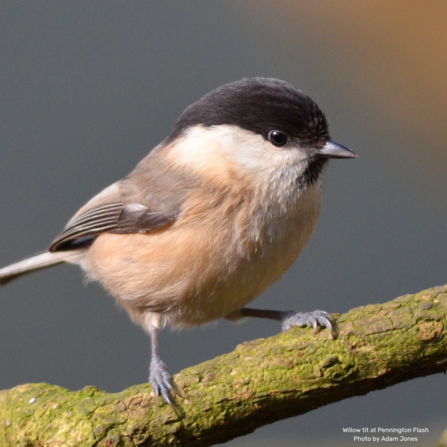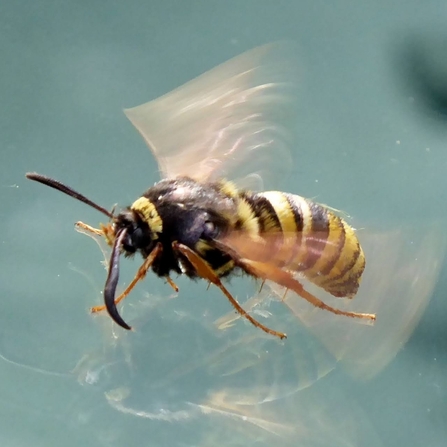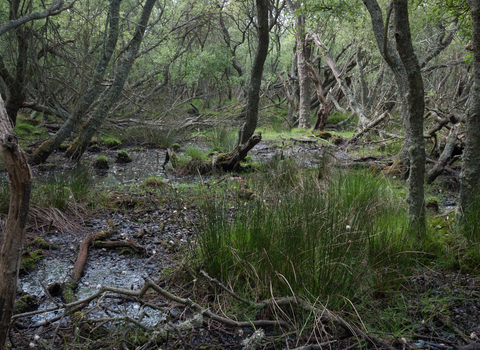Grey willow
Grey willow is typically the main species in wet willow woodland. There are a range of willow species that you can find in wet woodland, however this is the preferred one. Unlike the other willow species, grey willow is scrubbier, with branches that twist in and around each other compared with other willows whose branches grow much straighter. This twisting growth makes it more suitable as a willow tit’s habitat.





